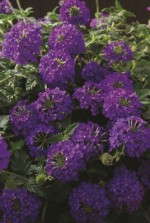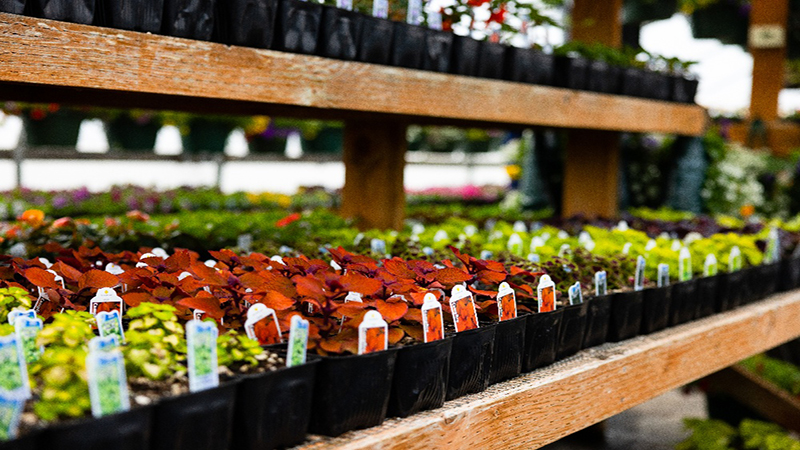Spring Production Of Tapien and Temari Verbenas

Suntory created a revolution when it introduced the Tapien and Temari verbenas, the first two major series of vegetatively propagated verbenas. The Tapien series is a groundcover type that produces a carpet of blooms with fine foliage from April through November. Vigorous plants are versatile for pots, baskets, window boxes and landscapes. Tapiens continue to be refined and are available in five colors: Blue-Violet, Lilac, Pink, Purple and Salmon. Soon after Tapien came Suntory’s Temari series, which became the model for large-flowered verbenas in even more colors, including Burgundy, Magenta and Cherry Red. Temaris are available in seven trailing colors and four patio types with a mounding habit that is more upright.
Proven Performance
Although the market has become considerably more crowded, Temari and Tapien verbenas continue to outshine the competition in university trials. In 2011, ‘Temari Blue’ and ‘Temari Cherry Red’ were both named Prairie Star Winners at Kansas State University. At Michigan State University, ‘Temari Patio Red Improved’ was named an early favorite. At Colorado State University, ‘Tapien Salmon’ was named the best verbena and ‘Tapien Purple’ was named a plant of distinction at the University of Georgia.
General Culture
Verbenas are day neutral but tend to flower more rapidly under warm temperatures and the long days of spring. Rooted cuttings should be potted up as soon as possible. Use a well-drained peat/perlite mix with a pH of 5.5-6.2. Water with a constant feed of 200 ppm with a complete water-soluble fertilizer. The crop is best kept on the dry side to aid root development.
Verbenas prefer cool temperatures and high light levels, which reduce stretching. Grow plants at 60-75ËšF during the day and 60-72ËšF at night.
Plant Growth Regulators
The use of plant growth regulators is very successful in plug production because verbenas will stretch quickly in propagation. B9 (daminozide) is most effective for growth control. Apply sprays of 1,500-2,5000 ppm 15-20 days after sticking. Florel can be used at rates of 300-500 ppm to encourage auxiliary shoots and stop stem elongation. Sumagic can be applied at 5-10 ppm as needed.
Crop Timing
• 4-inch pots – four to six weeks with one liner and one or two pinches
• 6-inch pots – seven to 10 weeks with one liner and two or three pinches
• 10-inch baskets – 12-16 weeks with three liners
Pests & Diseases
Monitor for whiteflies, aphids, thrips, leaf miners, mites, snails and slugs. The primary disease to prevent is Powdery Mildew. Also take measures to prevent Botrytis, Thielaviopsis, Phytophthora and Pythium.










